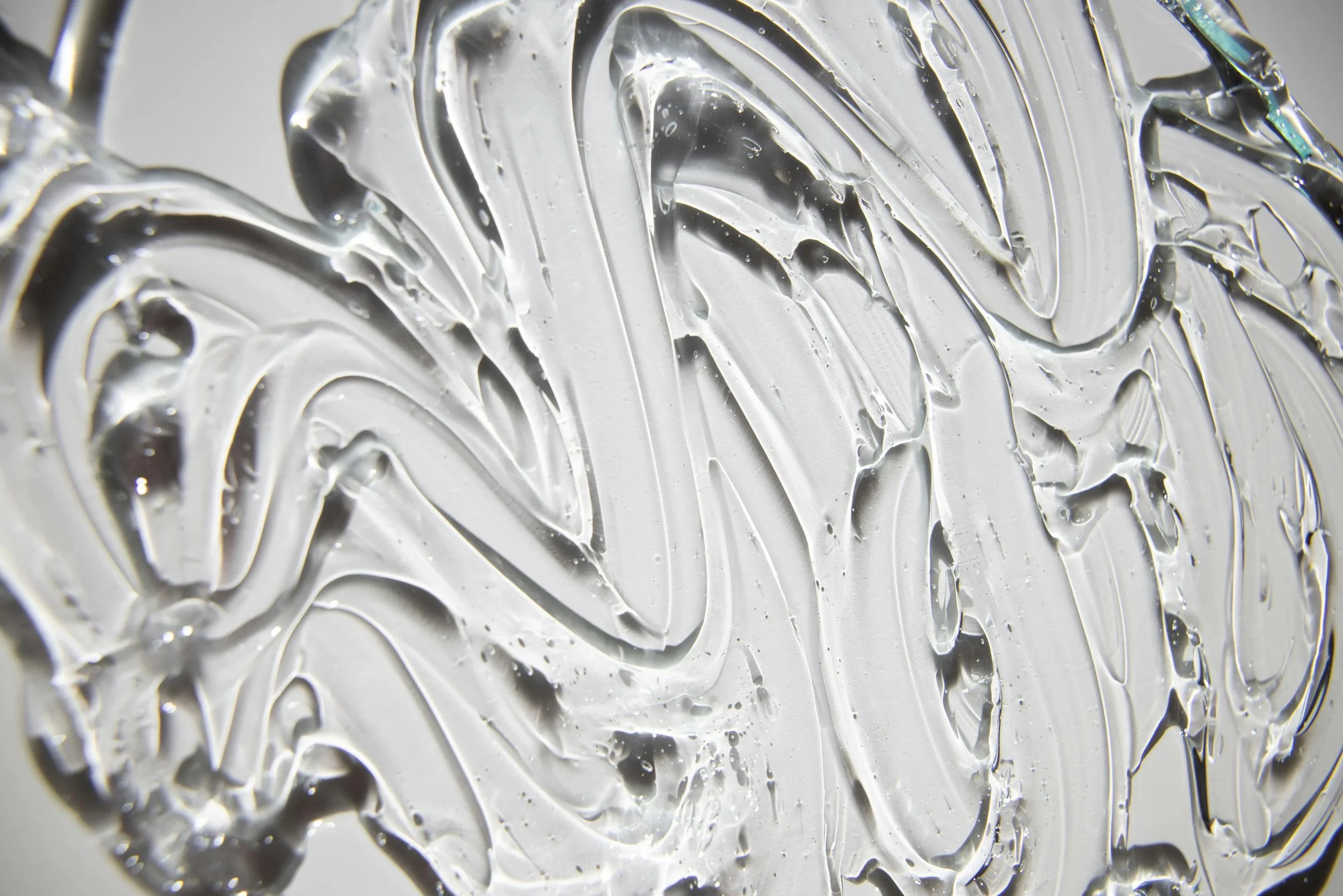
Cheek Blush Prep & Healing Guide
✦ Pre-care, healing, and everything you need to know for naturally flushed, radiant cheeks.
✧ BEFORE YOUR APPOINTMENT
4 Weeks Before
• Wait 4 weeks after Botox, peels, or microneedling before receiving cheek blush
2 Weeks Before
• Avoid sun exposure and tanning beds
• Stop using retinoids, exfoliants, and AHA/BHA products near the cheeks
1 Week Before
• Avoid waxing, tweezing, or dermaplaning the cheeks
• Discontinue any facial peels or harsh treatments.
48 Hours Before
• Avoid alcohol, ibuprofen, marijuana, fish oil, and other blood thinners
Day of Appointment
• Avoid caffeine (it can increase bleeding)
• Eat a solid meal before arriving
• Arrive with light makeup, but avoid product directly on the cheeks
• Feel free to bring extra makeup for touch-ups for your after photos
• Bring any cheek blush inspiration photos you’d like to share
• Reschedule if you have breakouts, burns, or irritation in the treated area
• Let your artist know about any allergies, sensitivities, or medical conditions
For Your Convenience
Want a copy of your instructions on hand? Save these digital copies of your Pre-Care + Aftercare instructions below!
✧ AFTERCARE INSTRUCTIONS
Day 1
• Blot cheeks with a clean tissue 30 mins post-procedure
• Repeat blotting every 30 mins for the first 2–3 hours to prevent thick scabbing
• Do not wash yet — just keep the area clean and dry
Days 2–10
• Gently wash with warm water + fragrance-free cleanser starting the morning of Day 2
• Pat dry with a clean paper towel (no scrubbing!)
• Apply a thin layer of fragrance-free aftercare ointment or cream
• Repeat washing and ointment application twice daily, morning and night, for 7–10 days
During the First 2 Weeks
• Avoid direct sun, sweating, swimming, or submerging cheeks in water
• Avoid applying makeup, skincare products, or harsh treatments over the cheeks
• Do not pick, peel, or scratch any flaking skin
• Avoid sleeping on your face
After 6–8 Weeks
• Schedule or attend your perfecting touch-up session (included with your first appointment)
• Final healed results may continue to evolve for several weeks
Ready for a refresh?
Keep your cheek blush looking amazing with a maintenance session.
✧ WHAT TO EXPECT WHILE HEALING
• Cheeks will appear bold and rosy immediately after
• Around days 4–6, flaking or light scabbing may occur
• After the scabs fall off, pigment may look light before it finally settles
• Final healed color appears by weeks 4–6
• A touch-up at 6–8 weeks is included to perfect the shape and color
• PMU is a two-step process — full results come after the touch-up!
• Although rarely needed, a second touch-up is offered to perfect any minor details or adjust final healed results.
✧ LONG-TERM CHEEK BLUSH CARE
Your cheeks are a tattoo — and like any tattoo, they need ongoing care to stay fresh and vibrant.
Here are a few tips to help extend the life of your PMU:
• SPF is your best friend. Once fully healed, apply sunscreen to your face, especially on your cheeks daily. UV rays can cause fading over time, so protecting your cheek blush = protecting your investment.
• Avoid harsh skincare products like exfoliants, retinoids, or acids directly on the cheek area — they can break down the pigment and cause faster fading over time.
• Be gentle with facials and peels. Let your provider know you have PMU and avoid over-exfoliating the cheek area.
• Stay hydrated and moisturized. Healthy skin helps pigment last longer and fade more evenly.
• Touch-up as needed. Most clients book a color boost or maintenance every 1–3 years depending on skin type, lifestyle, and preferences.
-
Permanent makeup is a beautiful investment that naturally fades over time, with the duration varying based on factors like skin type, lifestyle, and skincare routines. We provide an estimate of how long your service might last, but each individual’s experience can be different—some clients may notice fading sooner, while others may retain their results longer. Oily skin, frequent facials, the use of skincare products like retinol or acids, and activities that cause excessive sweating can accelerate the fading process. We recommend scheduling maintenance appointments only once the pigment has faded by 50-75% to ensure your look remains natural and fresh. Touching up too soon or too often can lead to oversaturation, causing the pigment to blur or create a ‘blocky’ appearance. If your brows or other PMU areas are still holding well, there's no rush to book a refresher. Allowing your permanent makeup to fade naturally helps maintain that crisp, defined look without the risk of overworking the skin. If you're unsure whether you're ready for a touch-up, feel free to reach out with photos, and we’ll guide you on the best timing for your maintenance.
✧ Who Should Not Get Cheek Blush Tattoo ✧
-
• Are pregnant or nursing
• Have blood disorders or take blood-thinning medication (unless cleared by your doctor)
• Have autoimmune conditions or take immune-suppressing medications (consult your physician)
• Are prone to keloid scarring
• Have uncontrolled diabetes
• Have skin conditions in the area, like eczema, psoriasis, or severe acne
• Are currently on Accutane or strong retinoids (must be off for 6–12 months)
• Have had Botox or fillers in the area within the last 4 weeks
• Have had a chemical peel, microneedling, or laser in the area within the last 4 weeks
• Have severe allergies to pigments or numbing agents (a patch test is recommended)
• Are undergoing chemotherapy or radiation (consult your doctor and wait at least 6 months post-treatment).
• Sunburn, irritation, or open wounds on or near the treated area
• Those currently ill, with a cold or flu-like symptoms
• If your previous tattoo is less than 6 weeks old

